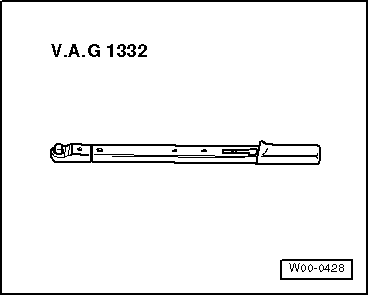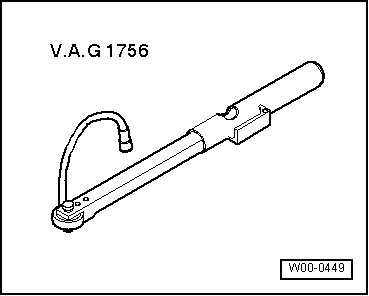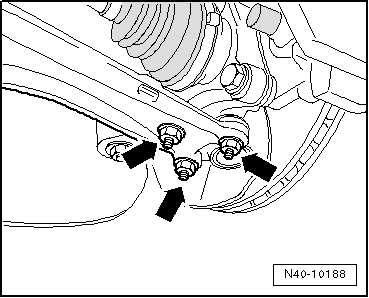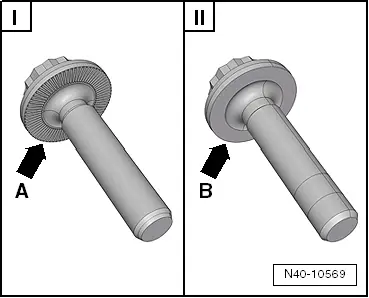Leon Mk1
|
|

|
|

|
|

|
 Note
Note
|

|
|

|
| Specified torques |
| Component | Tightening torque | ||||
Swivel joint to cast steel suspension link
| 60 Nm | ||||
Swivel joint to sheet steel or forged aluminium suspension link
| 100 Nm | ||||
Drive shaft to wheel hub „twelve-point head bolt with ribbing“
| 70 Nm + 90° | ||||
Drive shaft to wheel hub „twelve-point head bolt without ribbing“
| 200 Nm + 180° | ||||
Drive shaft to flange shaft on gearbox „M10 multi-point socket“
| 70 Nm
|

 Caution
Caution